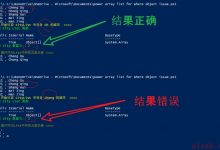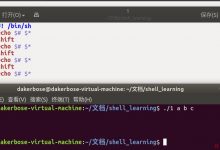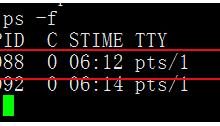shell – 配置文件
bash shell 的配置文件很多,分类如下
生效范围分类
全局配置类:
/etc/profile/etc/profile.d/*.sh/etc/bashrc
个人配置类:
~/.bash_profile~/.bashrc
功能分类
profile 类
profile 类为交互式登录的shell 提供配置,用于定义环境变量或运行命令和脚本
全局:/etc/profile, /etc/profile.d/*.sh个人:~/.bash_profile
bashrc类
bashrc类为非交互式和交互式登录的shell 提供配置,用于定义命令别名和函数或定义本地变量
全局:/etc/bashrc个人:~/.bashrc
编辑配置文件生效
修改profile 和bashrc 文件后需生效两种方法
1 重新启动shell 进程2 source | . 配置文件名
注意:source 会在当前shell 中执行脚本,一般只用于执行配置文件,或在脚本中调用另一个脚本的场景
shell 登录两种方式分类
交互式登录
1 直接通过终端输入账号密码登录2 使用 su - UserName 切换的用户
配置配置生效和执行顺序
#放在每个文件最前/etc/profile/etc/profile.d/*.sh/etc/bashrc~/.bash_profile~/.bashrc/etc/bashrc#放在每个文件最后/etc/profile.d/*.sh/etc/bashrc/etc/profile/etc/bashrc #该文件会执行两次~/.bashrc~/.bash_profile
注意:文件之间的调用关系,写在同一个文件的不同位置,将影响文件的执行顺序
非交互式登录
su UserName图形界面下打开的终端执行脚本任何其他的bash 实例
执行顺序
/etc/profile.d/*.sh/etc/bashrc~/.bashrc
bash 退出任务
保存在~/.bash_logout 文件中(用户),在退出登录shell 时运行。用于创建自动备份,清除临时文件
 爱站程序员基地
爱站程序员基地


